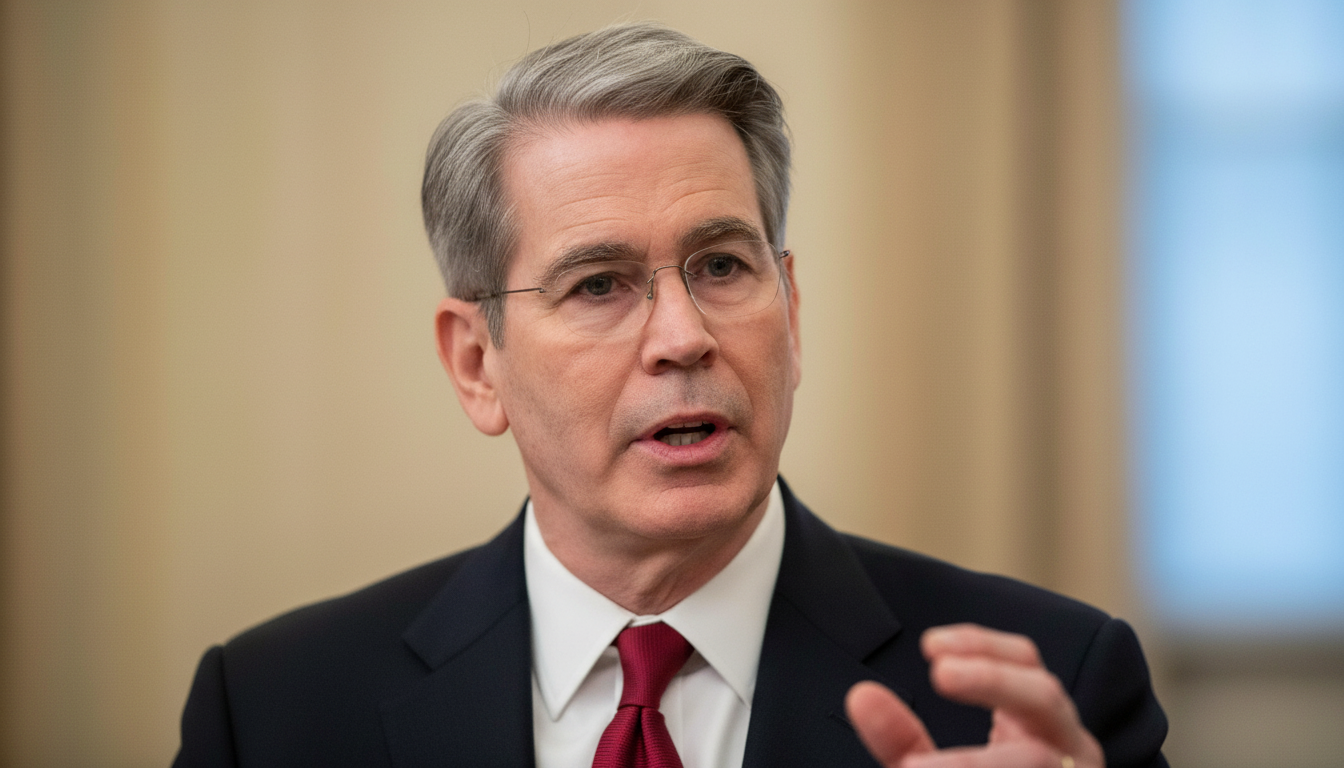U.S. Treasury Predicts Inflation Will Ease in Coming Months

U.S. Treasury Secretary Forecasts Gradual Inflation Decline in Coming Months
U.S. Treasury Secretary Scott Besent predicts that U.S. inflation will ease gradually over the next few months. This assessment is based on recent economic indicators, raising hopes that inflationary pressures are gradually subsiding. Secretary Besent's forecast is expected to positively influence investor and consumer sentiment. In particular, it could help reduce market volatility by allaying concerns about further interest rate hikes. However, some still question the sustainability of this trend, emphasizing the need to closely monitor future economic developments. The government has stated that it will pursue various policy efforts to stabilize prices and plans to strengthen communication with the market to minimize uncertainty.
In an interview with CBS News, Secretary Besent noted that core inflation slowed to 0.2% in September compared to the previous month. This is a significant indicator suggesting that the rate of price increases is gradually decelerating. Core inflation excludes volatile energy and food prices, making it useful for understanding underlying price trends. While a 0.2% slowdown may seem small, a sustained downward trend could positively impact future price stability. Experts are analyzing whether this slowdown is temporary or a long-term trend, noting that the outcome could vary depending on the government's policy response. External factors, such as global supply chain issues and energy price fluctuations, can also impact inflation, requiring a comprehensive analysis.
According to the report, rents have fallen, and mortgage rates have hit their lowest level in over a year. This implies that reduced housing costs could positively impact consumers' household finances. The decline in rents is a phenomenon that occurs alongside the stabilization of the housing market, and it is interpreted as the result of a combination of factors, including increased supply and decreased demand. While falling mortgage rates could be a good opportunity for those considering buying a home, concerns have also been raised that excessive debt increases could strain the economy. Therefore, the government is expected to strive to manage household debt along with easing regulations to ensure stable management of the housing market. These policy efforts will play an important role in maintaining the soundness of the housing market and supporting economic growth.
Meanwhile, as of October 26, 2025, gold prices are showing volatility. Pure gold is trading at ₩755,000 when sold and ₩854,000 when bought per 'don' (a Korean unit of weight), while 18K gold is trading at ₩557,000 when sold and 14K gold is trading at ₩432,000 when sold. Platinum is trading at ₩264,000 when sold and ₩308,000 when bought, and silver is trading at ₩8,900 when sold and ₩10,900 when bought. According to the Korea Standard Gold Exchange, the price of gold when buying 1 'don' of pure gold is ₩859,000 (including VAT), and the price of gold when selling is ₩731,000 (including VAT). The selling price of 18k gold is ₩537,300, and the selling price of 14k gold is ₩416,600. Platinum is ₩320,000 when buying and ₩253,000 when selling, and silver is ₩10,950 when buying and ₩7,380 when selling. According to Shinhan Bank, the domestic pure gold (24K) price as of the last trading day of last week, the 24th, was ₩191,519.43 per gram. This is a decrease of ₩7,270.05 (rate of change -3.657%) from the gold price (gold price) at the start of trading last week, ₩198,789.48. As of the last trading day of last week, the 24th, pure gold was ₩718,198 per 'don'. The Korea Exchange (KRX) gold market is currently trading domestically at ₩188,900, down ₩3,960 (rate of change -2.053%) from the closing price at the start of trading last week, ₩192,860. The Korea Exchange (KRX) gold market is currently trading internationally at $4,089.75, down $137 (rate of change -3.243%) from the closing price at the start of trading last week, $4,226.82. International gold prices (gold prices) rose 0.07% to trade at $4,111. Gold price fluctuations are closely related to the global economic situation, and investors tend to increase gold investments when economic uncertainty increases, considering gold a safe asset.
